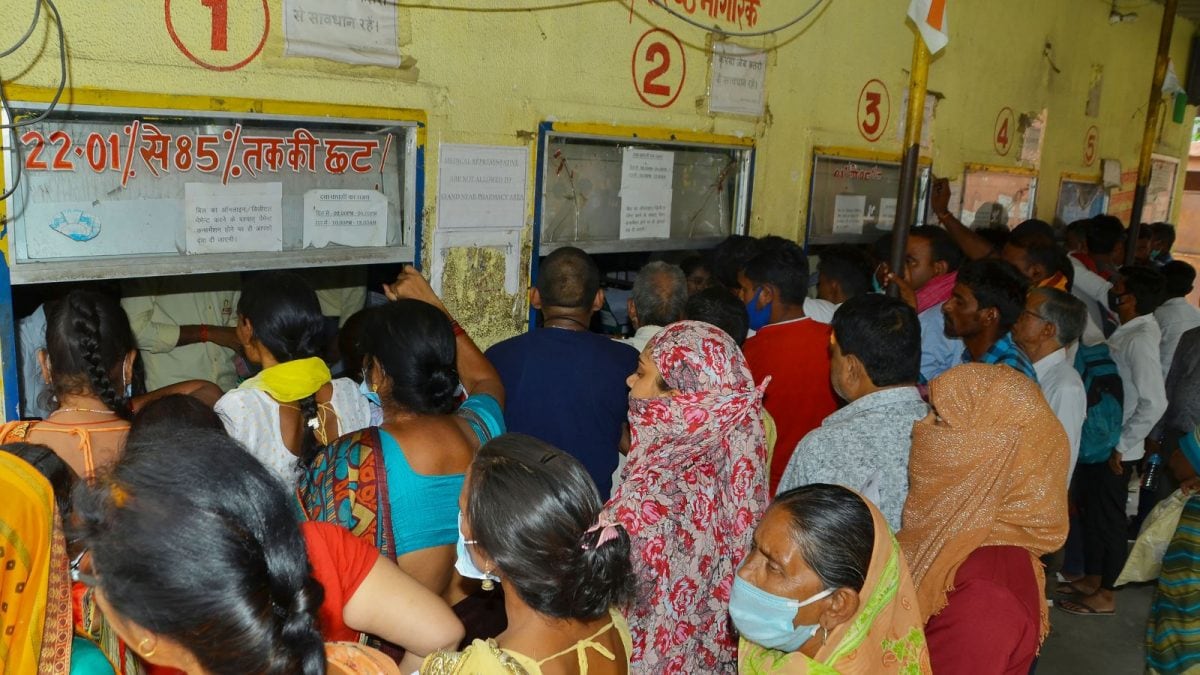Scoliosis: More Than Just a Crooked Spine – The Unexpected Health Impacts

Scoliosis, a spinal condition affecting an estimated 600,000 to 900,000 Malaysians, is often perceived as merely a matter of posture. However, the reality is far more complex. This progressive curve of the spine can trigger a cascade of health issues, extending beyond the visible physical changes and impacting vital organs like the lungs and gut, as well as mental well-being. Let's delve into the hidden toll of scoliosis and explore the often-overlooked consequences of this condition.
The Physical Impact: Beyond the Curve
The most obvious sign of scoliosis is an abnormal curvature of the spine, which can manifest as uneven shoulders, a tilted rib cage, or a noticeable asymmetry in the hips. While these physical changes can be distressing, the impact goes much deeper. The curvature can restrict lung capacity, making breathing difficult and increasing the risk of respiratory infections. Severe cases can even compromise heart function.
The Gut Connection: A Surprising Link
Research is increasingly highlighting a connection between scoliosis and digestive health. The compressed organs resulting from the spinal curvature can disrupt the normal functioning of the digestive system, leading to issues such as constipation, bloating, and even irritable bowel syndrome (IBS). The altered biomechanics can also affect nutrient absorption, potentially leading to deficiencies.
Mental Health Matters: The Emotional Burden
Living with scoliosis can take a significant toll on mental health. The physical changes can impact body image and self-esteem, leading to anxiety and depression. Chronic pain, a common symptom, can further exacerbate these emotional challenges. Social isolation is also a concern, as individuals may feel self-conscious about their appearance or experience difficulties participating in activities.
Diagnosis and Management: Early Intervention is Key
Early diagnosis is crucial for effective management of scoliosis. Regular screening, particularly during adolescence, can help identify the condition at an early stage, when treatment options are most effective. Treatment options vary depending on the severity of the curve and the age of the patient. They can include observation, bracing, and in severe cases, surgery. Physical therapy plays a vital role in strengthening muscles, improving flexibility, and managing pain.
Looking Ahead: Research and Hope
Ongoing research is shedding new light on the complexities of scoliosis and its impact on overall health. Scientists are exploring innovative treatment approaches, including targeted therapies and regenerative medicine. With increased awareness and improved management strategies, individuals with scoliosis can lead fulfilling and active lives.
If you suspect you or someone you know may have scoliosis, consult a healthcare professional for a proper diagnosis and personalized treatment plan. Don't let the hidden toll of scoliosis go unnoticed.






